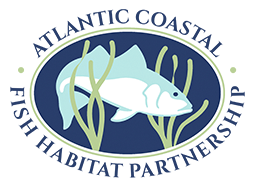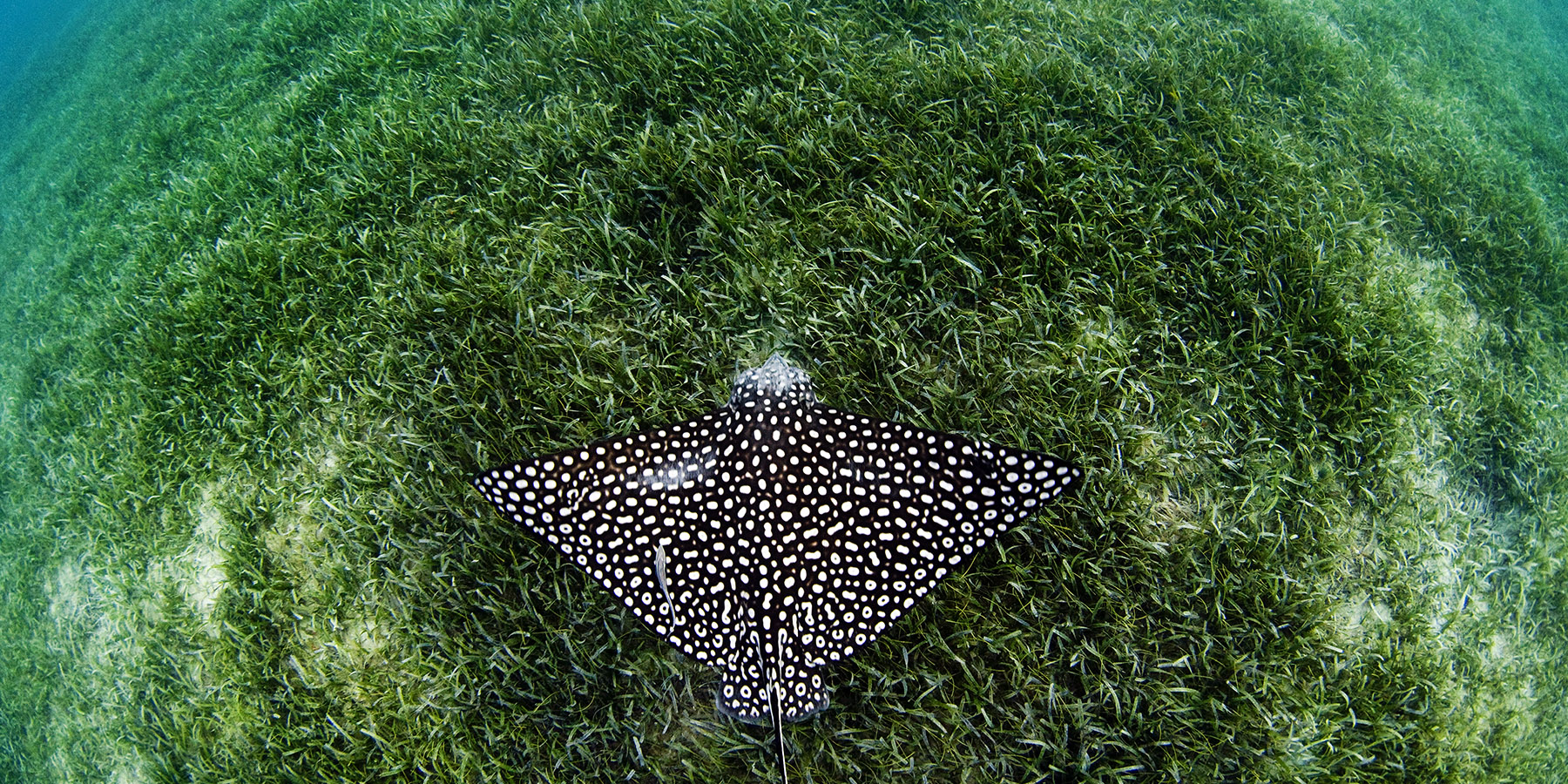SAV on the Atlantic Coast
Tidal fresh and oligohaline plant species are generally found in areas where salinity ranges from 0.5 to 5.0. Examples include: Vallisneria americana, wild celery and Ceratophyllum demersum, coontail.
Mesohaline and polyhaline plant species are generally found in areas where salinity ranges from 5 to 30. Examples include Zostera marina, eelgrass and Ruppia maritima, widgeon grass.
Why SAV is Important
Through photosynthesis, SAV removes excess CO2 and adds oxygen to the water. According to the Blue Carbon Initiative, SAV covers 17.7 – 60 Mha worldwide. This is only 0.2% of the ocean floor, yet SAV sequesters approximately 10% of carbon (as sediments) each year.1 In fact, they’re twice more effective at storing carbon than terrestrial forests by acreage.
SAV roots also stabilize sediments and absorb excess nutrients. Their stabilizing properties also reduce shoreline erosion, benefitting not only estuarine communities, but coastal property owners as well. SAV improves water quality and provides food and habitat for many species, especially juveniles. Overall, SAV contributes to healthy fisheries and ecosystems.
Unfortunately, SAV is one of the most rapidly declining habitats around the world, with up to 7% loss in area annually due to human activities.2
Threats to SAV
ACFHP has determined the following are the greatest threats to SAV in at least one subregion:
- Dredging and coastal maintenance
- Water quality degradation and eutrophication
- Vessel operation impacts
- Sedimentation
- Containment of water and sediments
- Invasive species and disease
- Climate change

